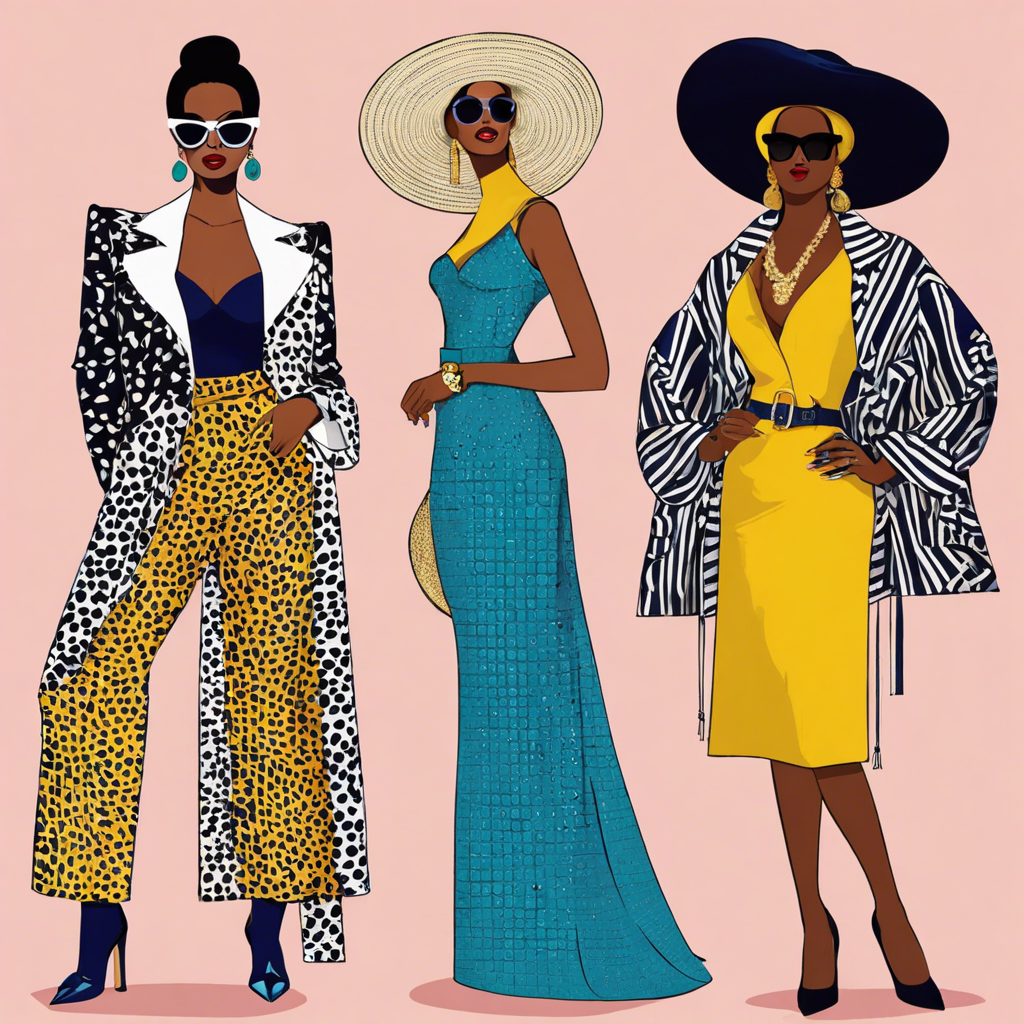The world of fashion is a dynamic and ever-evolving landscape, with trends constantly emerging, fading, and sometimes re-emerging with a modern twist. Throughout history, certain styles and movements have left an indelible mark, shaping not just the way we dress but also influencing culture and society at large. It’s fascinating to look back and explore the iconic fashion trends that have defined generations and continue to inspire and influence designers and fashion enthusiasts today.
One of the most influential and enduring fashion trends is the timeless little black dress. Popularized by the legendary Coco Chanel in the 1920s, the little black dress became a symbol of elegance and simplicity. Its versatility and ability to transition from day to night with just a few accessory changes have made it a staple in women’s wardrobes for decades.
The Roaring Twenties was also a time of rebellion and freedom, as women embraced shorter hemlines and more comfortable, masculine styles. The iconic flapper dress, with its drop waist and fringe details, came to symbolize the energy and spirit of the Jazz Age, reflecting the social and cultural changes of the time. This era also marked the rise of the fashion industry as we know it today, with ready-to-wear clothing becoming more widely available.
Moving into the 1930s and 1940s, the glamour and sophistication of Old Hollywood began to shape fashion trends. The bias cut, popularized by designers like Madeleine Vionnet and bias-cut queen Claire McCardell, revolutionized women’s clothing with its sleek, body-skimming silhouette. This era also saw the emergence of power dressing, with strong, structured shoulders and tailored suits gaining popularity, reflecting the growing influence of women in the workplace.
World War II brought about significant changes in fashion due to restrictions on fabric usage. Creative innovations like the peplum, which was used to add volume and interest to otherwise simple garments, emerged during this time. The make-do-and-mend attitude of the war years also sparked a new appreciation for upcycling and DIY fashion, which continues to inspire sustainable fashion movements today.
The post-war era of the 1950s brought about a return to more traditional gender roles and a celebration of femininity and glamour. Christian Dior’s iconic ‘New Look’, with its cinched waist, full skirt, and emphasis on curves, defined this period. While this style was embraced by some, it also sparked a counterculture movement, with youth rebelling against these restrictive ideals and embracing more casual, comfortable styles.
The swinging 60s brought a burst of color and playful experimentation with fashion. The youthquake movement, led by iconic models like Twiggy, ushered in a new era of mini skirts, bold patterns, and avant-garde styles. This decade also saw the emergence of youth-driven subcultures, each with its distinct fashion aesthetic, such as the mod look popularized by bands like The Who and The Kinks.
As we move through the decades, each era leaves its unique imprint on the fashion landscape. From the disco glamour of the 70s to the power suits and shoulder pads of the 80s, each trend reflects the social, cultural, and political climate of its time. By understanding the history of iconic fashion trends, we gain insight into not just the evolution of style but also the shifting tides of society.
